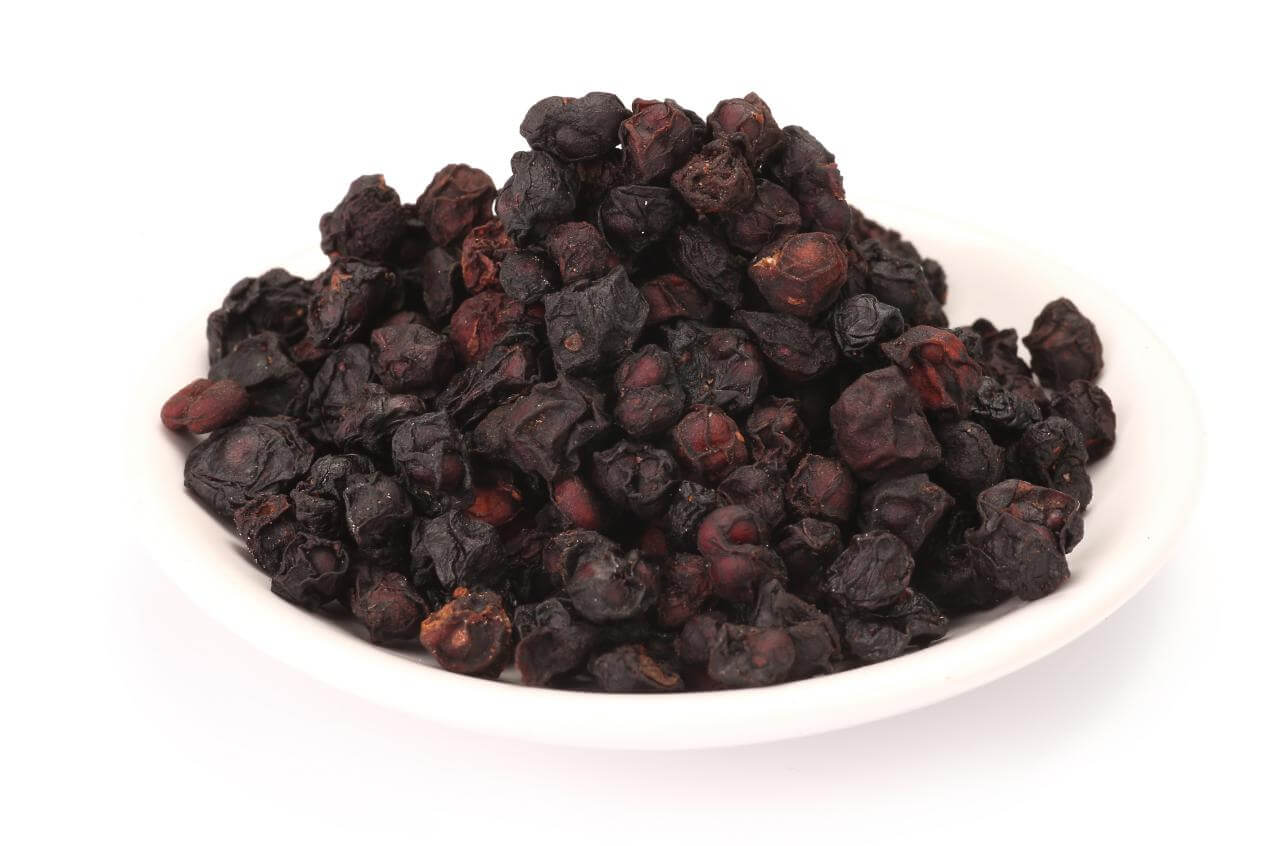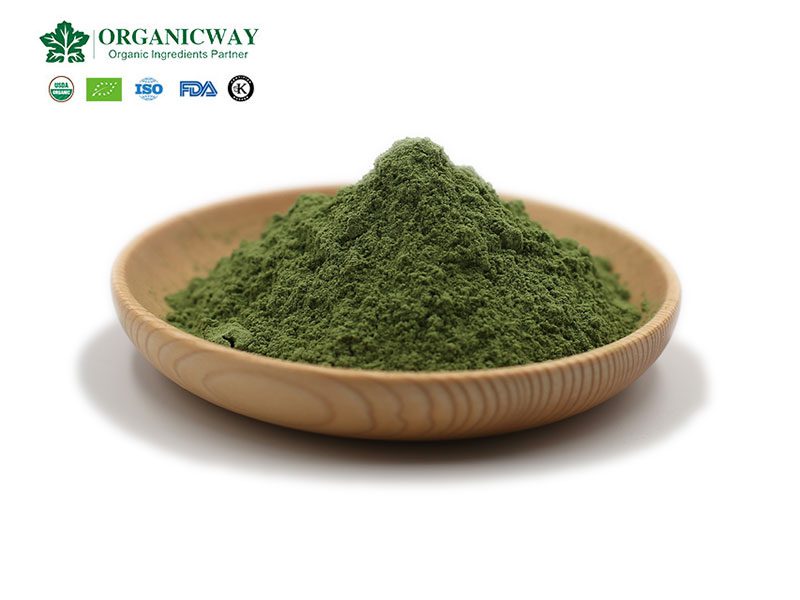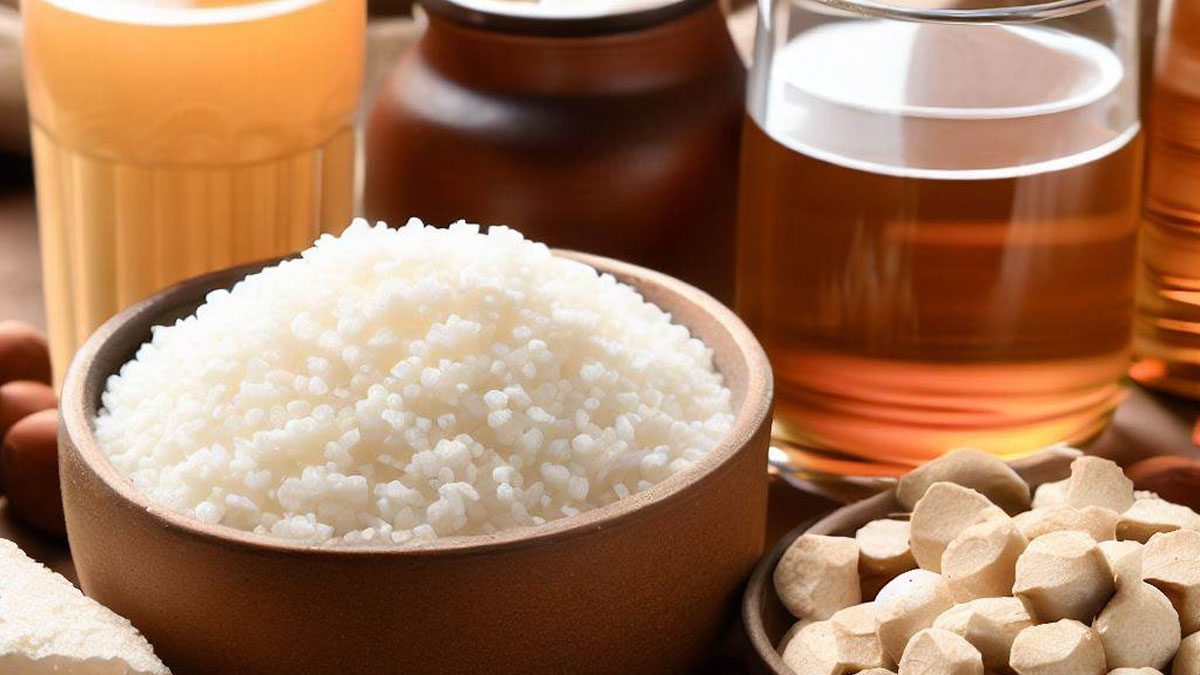Schisandra Chinensis is a magnolia plant. There are two types, one is Schisandra chinensis (Turcz.)Baill, another is Schisandra sphenanthera Rehd. et Wils. The former is called “northern Schisandra”, while the latter is called “southern Schisandra”.
The quality of Schisandra Chinensis is better than Schisandra sphenanthera. Schisandra Chinensis is irregularly spherical or oblate, 5~8mm in diameter.
Appearance: purplish-red or dark red, wrinkled, soft flesh.
Flavor: less slightly, after the seed is broken, has aroma, flavor acerbity, and slight bitterness.

Schisandra sphenanthera are smaller and surface brownish red to dark brown, shriveled, shriveled, flesh often clingy on the seed.
Schisandra Chinensis distribution area:
The main producing areas of Schisandra Chinensis are northeast China, Inner Mongolia, Hebei, and Shanxi.
Harvest time: pick the fruit when it is ripe in autumn.
Processing: dry it or steam it and remove fruit stems and impurities.
The growing environment: It grows in ravines, streams, and hillsides with an altitude of 1200 to 1700 meters.
Medicinal value: its fruit contains Schisandrin (Schisandrin C23H3206) and vitamin C, resin, tannins, and a little sugar.
EU&NOP organic standard Schisandra Chinensis is available now, and it is 100% organic. It is harvesting time now.
Organic Schisandra Chinensis can be processed into organic Schisandra Chinensis extract. It is mainly used for health care products.
Organic schisandra extract specification: 2%, 5% and 9% schizandrin.
Organic Schisandra Chinensis berry benefit:
- promote immune function;
- Anti-oxidation;
- anti-aging;
- Protect the liver;
- Fall blood sugar

